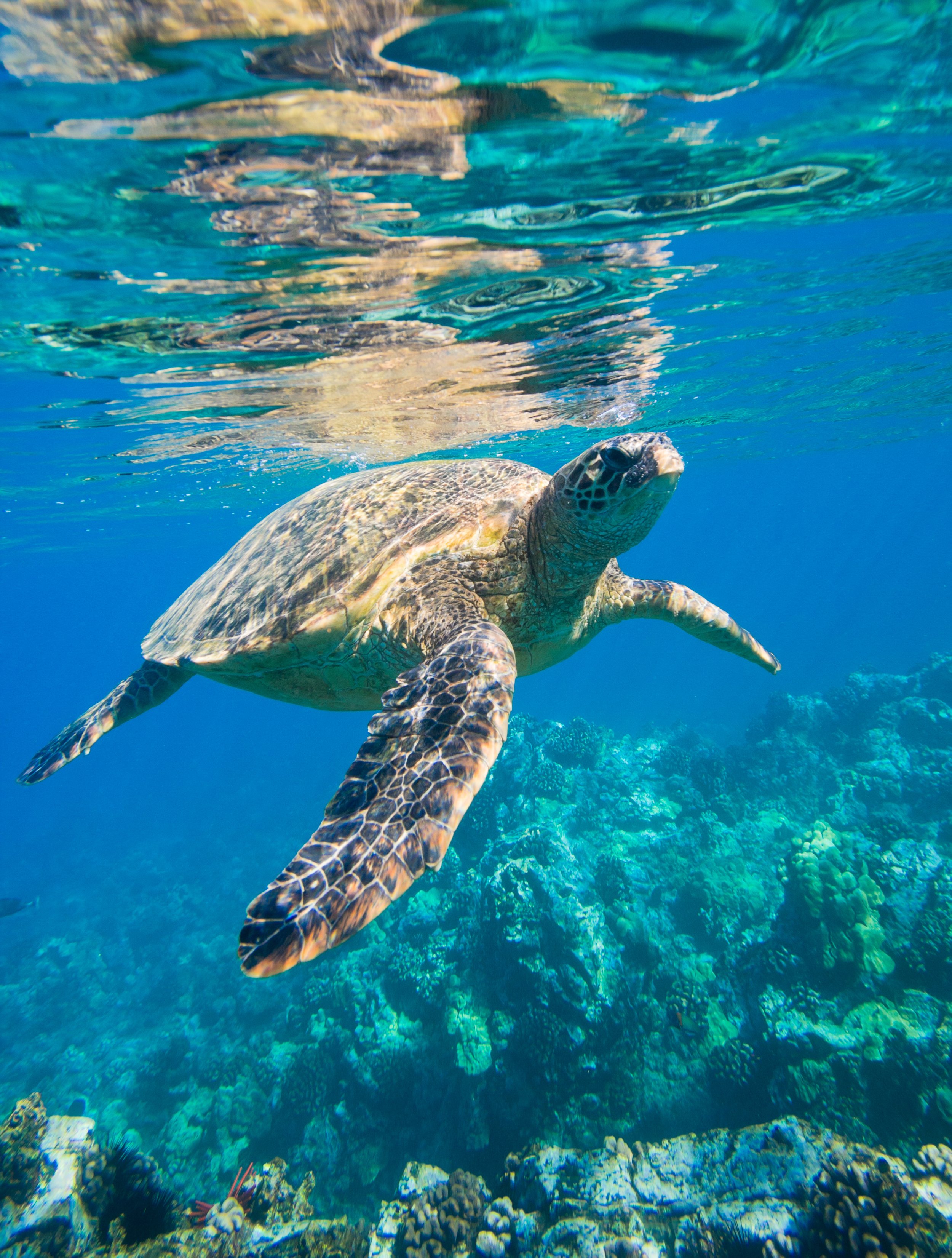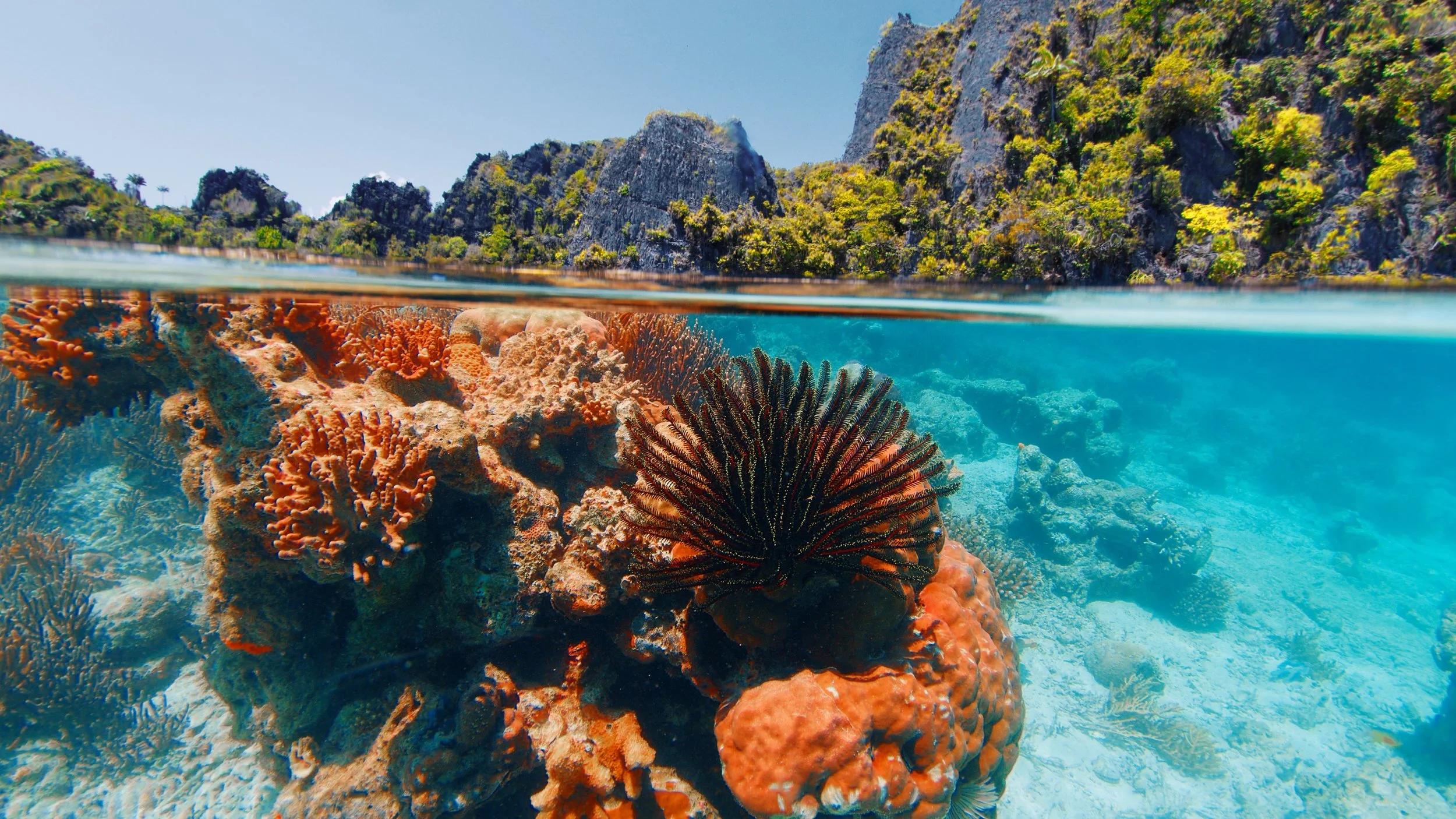The green sea turtle (Chelonia mydas), swimming through sunlit surface waters.
Insights from Seven Sea Turtle Genomes
Sea turtles have existed for over 100 million years, yet their survival today is far from assured. Of the seven living species, three are classified as Endangered or Critically Endangered, another three are considered Vulnerable on the IUCN Red List, and the final species—though listed as Data Deficient globally—is recognized as threatened in several regions, including Australia (Arantes et al., 2025). Conservation efforts are now focused on helping these ancient mariners maintain their genomic diversity and resilience in a rapidly changing world.
Across the globe, EBP-affiliated scientists are sequencing biodiversity at an unprecedented rate, and with that momentum comes the first in-depth look at all seven sea turtle genomes. Earlier this year, the Vertebrate Genomes Project, together with experts from the U.S. National Oceanic and Atmospheric Administration (NOAA), CSIRO Australia, and the Leibniz Institute for Zoo and Wildlife Research (Germany), released five new chromosome-level assemblies as part of its mission to generate high-quality vertebrate reference genomes. This international team has since published their analyses, revealing new insights into the evolution and adaptation of ancient marine reptiles.
These high-quality assemblies now provide a foundation for comparative genomics, population genetics, and conservation research—enabling studies on sex determination, aging, adaptation, and the management of threatened populations. As global sea turtle conservation efforts continue to show positive signs of recovery, the authors hope that access to these reference genomes will further advance genome-informed conservation, helping to safeguard the long-term survival of these remarkable species.
One of the study’s senior authors, Lisa Komoroske of the University of MassachusettsAmherst, emphasized that these high-quality reference genomes are crucial resources for species on the brink of extinction, expressing hope that they will “catalyze critical work addressing key knowledge gaps to inform conservation decisions.”



